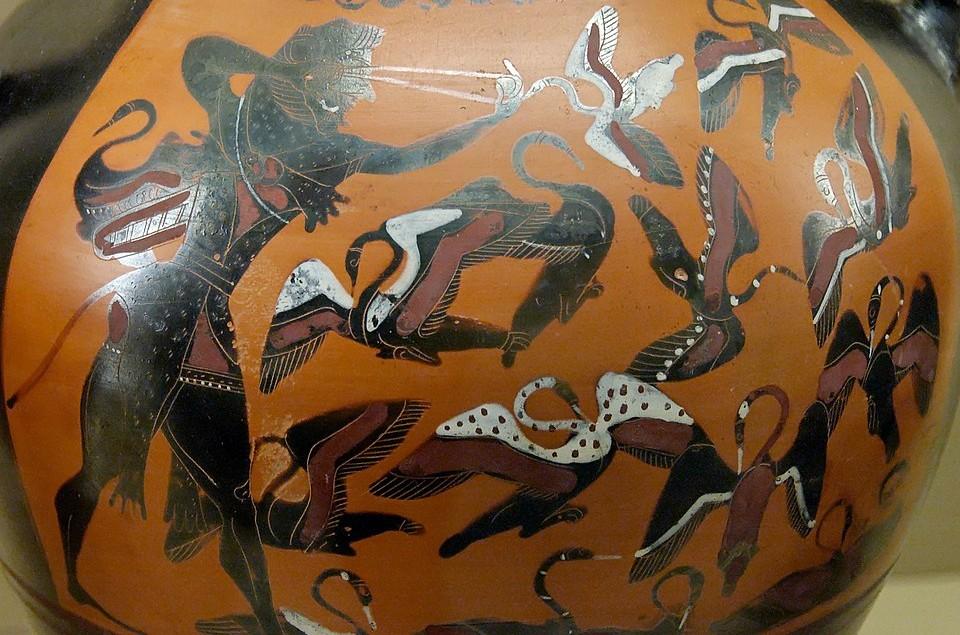In Part 1 of this extended article, I looked at what poetry can do better than any other art form: convey complex ideas and profound emotional states and express what is otherwise inexpressible. I call this “real” poetry.
Real poetry can do this by using simple language and without psychological theories. It can set up inexhaustible resonances that readers can return to again and again for their souls’ refreshment. In the second part, I’ll look at a real poem and elaborate on how it achieves its aim.
The Genius of ‘Real’ Poetry
A great example of a real poem is one of Robert Frost’s most famous works: “Stopping by Woods on a Snowy Evening”Whose woods these are I think I know. His house is in the village, though; He will not see me stopping here To watch his woods fill up with snow.
My little horse must think it queer To stop without a farmhouse near Between the woods and frozen lake The darkest evening of the year.
He gives his harness bells a shake To ask if there is some mistake. The only other sound’s the sweep Of easy wind and downy flake.
The woods are lovely, dark, and deep, But I have promises to keep, And miles to go before I sleep, And miles to go before I sleep.
Frost’s poem, easy to memorize, is deceptively simple, yet it contains profound and important messages that can be reflected on endlessly.





